|
za 2004 god.
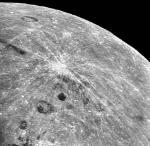 A Burning Issue
A Burning Issue
15.04.2004 | Lunnoe foto dnya
Has the formation of any lunar craters been witnessed by humans? There are a few definite yes answers (for lunar flashes during meteor storms), a likely no answer (the putative 1953 flash), and a definite maybe.
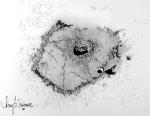 The Town in the Lake of Death
The Town in the Lake of Death
14.04.2004 | Lunnoe foto dnya
The first telescopic observations of the Moon by Galileo were recorded in a series of drawings, thus beginning a nearly 400 year tradition. The advent of the space age brought high resolution lunar images from orbiting probes, but drawings continued, by two very different types of observers.
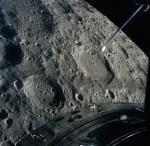 Apollo 13 on April 13
Apollo 13 on April 13
13.04.2004 | Lunnoe foto dnya
On April 13, 1970 a damaged Apollo 13 spacecraft rushed toward the Moon. An explosion enroute to the Moon aborted the Moon landing and put the entire mission in great peril. The crew could only return to Earth by using a close approach to the Moon to redirect their spacecraft back to Earth.
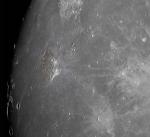 Procellarum Volcanic Group
Procellarum Volcanic Group
12.04.2004 | Lunnoe foto dnya
Volcanic structures on the Moon tend to be small and inconspicuous. Oddly, the three largest and most unique lunar volcanic landforms all occur along a meridianal belt in the northern half of Procellarum. From north to south they are Rumker, the Aristarchus Plateau and the Marius Hills.
 Valley of the Alpes
Valley of the Alpes
11.04.2004 | Lunnoe foto dnya
The Moon is full of oddities, unique features that test our imagination in trying to understand their origins. The Alpine Valley, discovered by the Italian priest and astronomer Francesco Bianchini in 1727, is such a landform.
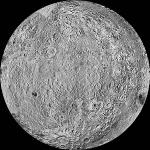 Amazing Farside View
Amazing Farside View
10.04.2004 | Lunnoe foto dnya
One of the joys of LPOD is receiving unsolicited lunar surprises. The wonderful mosaic of the lunar nearside prompted geographer Phil Stooke to send this matching mosaic of the entire farside! Phil assembled this farside mosaic from the Lunar Orbiter images as part of a forthcoming atlas of lunar exploration.
 Copernicus on the Limb
Copernicus on the Limb
9.04.2004 | Lunnoe foto dnya
Ya seen one crater, ya seen em all. Sometimes that's the way it feels. Because the energy involved in impact crater formation is so immense, craters of similar size and freshness look pretty much alike. For example, consider these two behemoths.
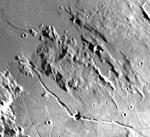 Sneaky Schneckenberg
Sneaky Schneckenberg
8.04.2004 | Lunnoe foto dnya
Schneckenberg is German for Snail Mountain, and if you look closely at the strange spiral-like feature at the center of this image you can see how well the name fits. Schneckenberg is nomenclaturally confusing, as well as topographically bizarre. The selenographer J. N.
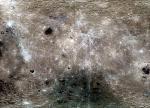 Colorful Privolva
Colorful Privolva
7.04.2004 | Lunnoe foto dnya
This alien landscape is not one of the satellites of Jupiter - it is the out of sight, totally out of mind farside of our own Moon. Kepler wrote a science fiction story, Somnium or Dream, about a trip to the Moon. He called the farside Privolva, which meant "Out of Sight of Earth".
 Fractured Frac
Fractured Frac
6.04.2004 | Lunnoe foto dnya
This is another one of the increasingly common amateur images that shows more than a Lunar Orbiter IV photo. John Sussenbach's great webcam image of Fracastorius seems to have about the same resolution...

